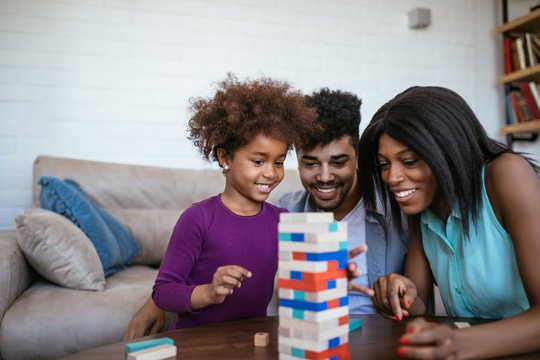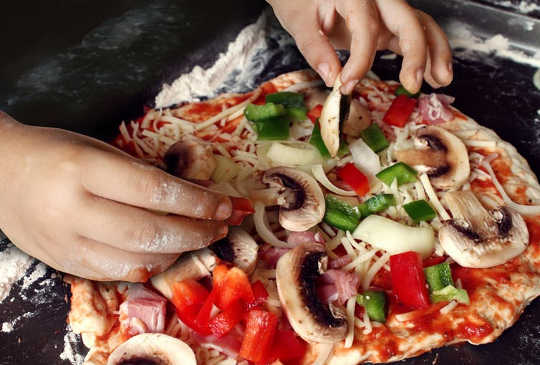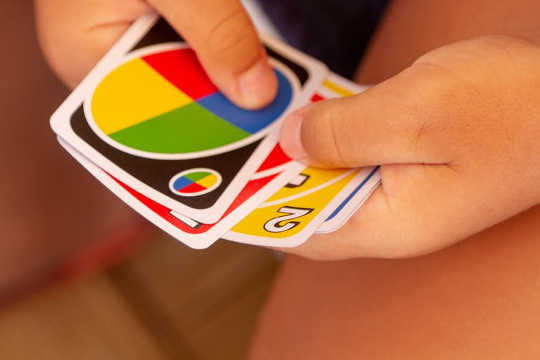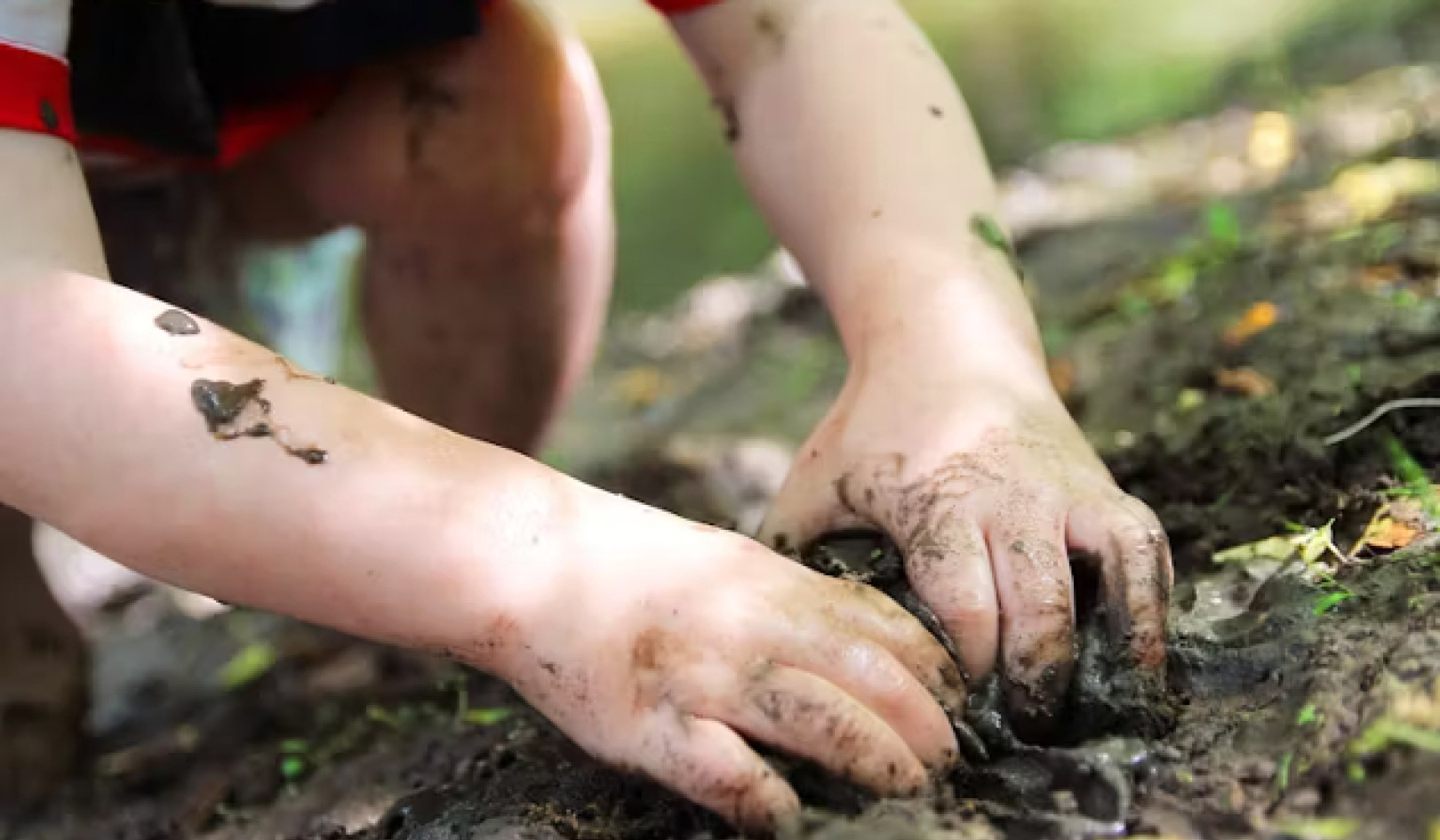
Parenting win: Your children leave home and say, ‘I loved family time when I was little. Every Friday night was dinner and games.’ Shutterstock
The winter months are an ideal time to turn your attention inward and think of how you can establish something new for your family to do together indoors. If you can find the right thing, perhaps it will become a family ritual.
Family rituals contribute to the rhythm and predictability of family life and they support child development. Once you find an activity the whole family enjoys together, the key is to repeat and make it a family habit — a sort of “family branding.” These activities do not have to be expensive, time consuming or complicated.
Making memories together fosters a sense of inclusion, structure and belonging that is a hallmark of healthy family life. Memories can be revisited far into the future with fondness, evoking these moments of shared experiences that, over time, become part of a family’s unique DNA.
Amid the challenges of parenting and growing up, it’s crucial for parents to understand the high-impact benefits of positive, regular habits of family time. Here’s what parenting success could sound like when your child leaves home:
“I loved our family time. When we were kids, every Friday was pizza and games night.”
Parents have an enormous role in orchestrating and leading the action around family time. It is important that during these family gatherings, parents are completely present to their children. This means agreeing that all electronic devices are powered off.
Set the stage with a meal
Should you really want to make an evening of it, think of beginning with making a simple meal together. For example, your routine could become a pizza night followed by games and puzzles.
Young children could knead the dough, and help with spreading the sauce and slicing, dicing, chopping, shredding and arranging the toppings. Buying prepared thin crusts can cut down on the time and the mess of dealing with dough.
Language and cognitive skill building can be incorporated into these easy daily activities, making them fun, natural and interactive. Dinner will be on the table in a flash and your child will be sure to eat their creations as well!
Research identifies meal time talk as central to reinforcing relationships and developing vocabulary among young children.
Choose your game
Games and puzzles provide an excellent platform for creating these shared experiences. They have the potential to promote a range of social and physical skills, concepts, strategy use and language development that will serve your child very well in their academic achievements in math and literacy.
Size, shape, space, patterns and sequences, for example, underlie alphabet recognition, spelling and numeracy. The key is to give little fingers a chance to “learn the world,” developing their fine motor skills and making connections to language.
Some game suggestions:
1) Lego: Forever a favourite, Lego is great for developing concepts of whole-part relationships, how things fit and for promoting fine motor skills. It is creative as well, and there is a resurgence among adults known as Adult Fans of Lego (AFOL) in using these blocks.
2) Jenga is a game of physical skill involving 54 blocks arranged in a tower at the beginning of the game. One block is removed by each player in turn, and replaced at the top of the tower, until it comes crashing down. The game evolved from the game creator’s own memories of playing and puzzling with her family.
3) Scrabble is another long-time family favorite. The game reinforces letter recognition and spelling patterns. With younger children, it’s recommended to play as adult-child teams to provide a great learning opportunity. Handling the tiles, arranging and moving them about and placing them on the board are good exercises for fine motor development.
4) Card games of all kinds, including card tricks, afford endless possibilities for adult-child interaction and fun across age groups. Concepts of “more than” and “less than,” discussions of chance or probabilities as well as sequence and groupings, are given a good work out with a card game.
While you play
 Given the opportunity, children take pride in creating their own pizza and contributing to dinner. Shutterstock
Given the opportunity, children take pride in creating their own pizza and contributing to dinner. Shutterstock
Parent-child talk makes a difference to a child’s language and social development. Significantly, parents should try to become mindful of how much they talk with their children, not simply to them. What matters is taking turns in conversation, where the adult listener models responding and expanding on the previous comments.
For example, if the family is working on a puzzle and the child explains they are putting all the blue puzzle pieces here, the parent might say: “What a great idea, you can group all the puzzle pieces by colour, which helps us find them.” The parent returns attention in a way that gives words to the skill the child is experimenting with; the adult also models the art of taking conversation to the next level.
Completely focusing on the game and the players allows parents to fully hear their child and respond to the child’s comments to open the conversation further, which is central to building children’s vocabularies and understandings.
 Handling and arranging cards, blocks and small pieces helps little fingers develop fine motor skills. Shutterstock
Handling and arranging cards, blocks and small pieces helps little fingers develop fine motor skills. Shutterstock
In addition to offering positive feedback and encouragement, parents can offer “think alouds” — talk whereby adults expose their thinking processes while using a strategy or solving a problem. In this way parents support children’s cognitive development while sharing an activity.![]()
About The Authors
Hetty Roessingh, Professor, Werklund School of Education, University of Calgary and Michelle Bence, Master's Student in Educational Research, Language and Literacy Program, University of Calgary
This article is republished from The Conversation under a Creative Commons license. Read the original article.
Related Books
at InnerSelf Market and Amazon























